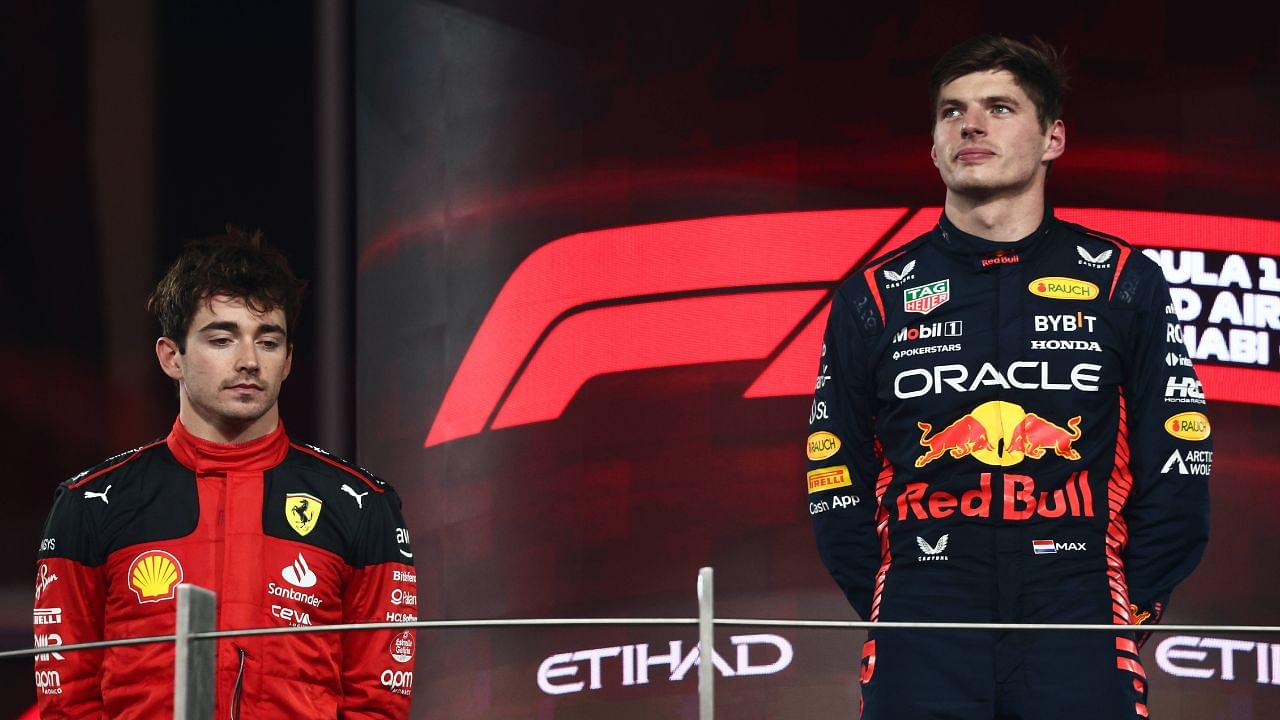F1 is one of the most popular sports in the world, and it garners interest from new fans every single year. Like all other sports, it also leaves viewers wondering how they could emulate their favorite stars in real life. But the journey of becoming an F1 driver is not easy. In fact, it is as hard as it can get.
The one thing drivers need for sure is an F1 Super license. Getting 40 points in the super-license will help a driver get direct entry into F1. Sounds easy right? No, in reality, there is a lot that drivers need to do before they reach that stage.
Ideally, one should start as early in their life as possible. Additionally, those who start out need to ensure that they have sufficient financial backing. This could either be through their own family’s money, or through sponsorships.
Most current F1 stars kickstarted their journey to stardom when they were kids, and they did it through karting.
Step 1 – Karting
Even the best F1 drivers like Lewis Hamilton and Max Verstappen started their journey through karting. Let’s get one thing clear first, though. Just because this is the first step does not mean it comes cheap.
Getting a decent kart and equipment, and traveling the world competing in various races can incur a five-figure expense. On the international karting scene, the figure can cross up to $200,000, depending on where one is competing.
First race of 2022 karting season this weekend in Italy. Good luck to everybody at @fa_alonsokart & @dpkracing ! Vamos !! ❤️ #karting #FAkart https://t.co/opPbwrVQpi
— Fernando Alonso (@alo_oficial) January 21, 2022
It can be done for a cheaper amount too, but the cruel truth of motorsports is that if one doesn’t have the best machinery, they have little chance of winning. There are drivers such as Lance Stroll and Nicholas Latifi who came from wealthy families and didn’t have to worry about this amount much. On the other hand, the likes of Hamilton and Esteban Ocon had to struggle, because their families sacrificed a lot to make their dreams come true.
Karting helps racers a lot. The core skills that make a driver successful are all learned in this category – where people of various ages compete. After shining in that particular stage, the most common next step is to dive into the junior Formula categories.
Junior Formula categories
There isn’t a world championship for the lowest Formula categories such as the F4. But, there are regional championships where some of the best in the world have come out of. Almost every major racing nation in the world has its own ‘regional F4 championship’.
The Italian F4 championship in particular is a place where a lot of young drivers prefer competing. Like karting, this isn’t cheap. In fact, it costs more than $300,000 to compete in two F4 championships (which is what most drivers aim to go for). This amount does not account for expenses like traveling, logistics, and accommodation.
Another factor one has to take into consideration is the fact that budding drivers should ideally be relocating to Europe. The best F4 championships take place there, F1 is majorly centered around the continent, and even ones living in the US or Australia (like Logan Sargeant or Oscar Piastri respectively) tend to move to Europe at a relatively young age.
Journey to F1 lies through the Formula 3 championships
Unlike Formula 4, the FIA has more control over Formula 3 championships that take place around the world. These are regional and continental championships that drivers can take part in to impress the higher-ups.
The good thing about this category is that drivers, if good enough can also take part in the FIA F3 world championship, which most notably, Oscar Piastri won by a slender margin against Logan Sargeant in 2020.
The downside of getting into F3 will be the expenses once again. As revealed by YouTuber Josh Revell in addition to other sources, it costs more than half a million dollars to compete in a full season of F3 racing.
F3 is also the first time these young drivers are under the spotlight on a global stage. There are broadcasters, both local and international, who cover these races including F1TV themselves. If these talents perform well, they also have the chance to get the attention of some big teams in F1. That is when these teams sign these young drivers up for their junior programs.
What do drivers do after getting into a junior program?
Getting enrolled in a junior program can change the lives of many drivers. Ideally, they can get this even before delving into F3 as there are many like Dennis Hauger and Charles Leclerc who competed in the series under the F1 teams’ banners.
If not, they take notice of them during the championship, and if deemed good enough, their future is re-evaluated. By this time, a driver turns 16 or 17 years old, but unlike Max Verstappen did in 2015, no one can ever make an entry directly into F1 at that age. This is because of the FIA’s revamped super-license rules after the Dutchman became the youngest F1 driver at 17 years old.
View this post on Instagram
The drivers who are talented enough are sent to other, better racing ventures. Some remain in F3 to get more experience, while some are sent over to Japan to compete in Super Formula, for example, Pierre Gasly, and Stoffel Vandoorne.
The best drivers, however, look to Formula 2, which is often the last step before reaching the pinnacle of motorsport.
Formula 2 and how it helps nurture younger talent
F2 championships can be very exciting. Young, talented, and ambitious drivers compete toe to toe for what is believed to be the ultimate prize before getting into F1. The cost of competing in this series, however, is somewhere between $1-3 million.
Drivers who are part of junior academies, get into F2 with some of the biggest teams like Prema, ART Racing, or Carlin. On the other hand, these teams (in addition to many others) will take in independently funded drivers too. However, their financial instability could cause a mid-season forfeit, as we saw with Richard Verschoor in 2021.
Reigning F2 champion & now an #F1 driver for 2018: @Charles_Leclerc is named Rookie of the Year at the #FIAPrizeGiving pic.twitter.com/Skmze5njoe
— Formula 1 (@F1) December 8, 2017
The plus side of doing well in F2 is that the entire world’s attention is now on the driver. If they win the title, they aren’t allowed to compete in the championship again, so they are looking for other opportunities, which more often than not leads them to F1.
F2 CHAMPION! pic.twitter.com/MnZzfMecwx
— Oscar Piastri (@OscarPiastri) December 11, 2021
In recent years, we’ve seen F2 winners like Leclerc and Oscar Piastri get into F1 because of their unprecedented talent. Earlier, when F2 was known as GP2, it was Lewis Hamilton who shone and found his way into McLaren’s F1 team in 2007.
Thankfully for others, winning the F2 title is not the only way one enters F1. One can miss out on the title, but still showcase their prowess to impress teams. The likes of Alex Albon, Yuki Tsunoda, and Lando Norris, all didn’t win F2 to get into F1.
Was competing in F2 the ultimate step?
For most, F2 is the ultimate challenge, yes, and some need multiple attempts before they can get a hang of the sport’s demanding nature. After reaching F1, the lives of these young talents, who started their journey from karting, change forever. They are paid in the millions, lead a lavish lifestyle, and if their success is sustained, they become some of the most popular athletes in the world.
LEWIS HAMILTON IS A SEVEN TIME WORLD CHAMPION!#TurkishGP #F1 pic.twitter.com/gOGfeEZxp8
— Formula 1 (@F1) November 15, 2020
But what if someone doesn’t compete in F2? Or what if someone doesn’t follow the aforementioned steps? In reality, all a driver needs to do is get 40 points on their super-license to get an F1 seat. That is most achievable if one wins the F2 title because that gives them 40 points straight away.
However, there are other ways, and other ventures through which getting into F1 is theoretically possible. Nonetheless, this route is the most widely followed for a reason – because it is the most likely to reap the highest reward of becoming an F1 driver.




